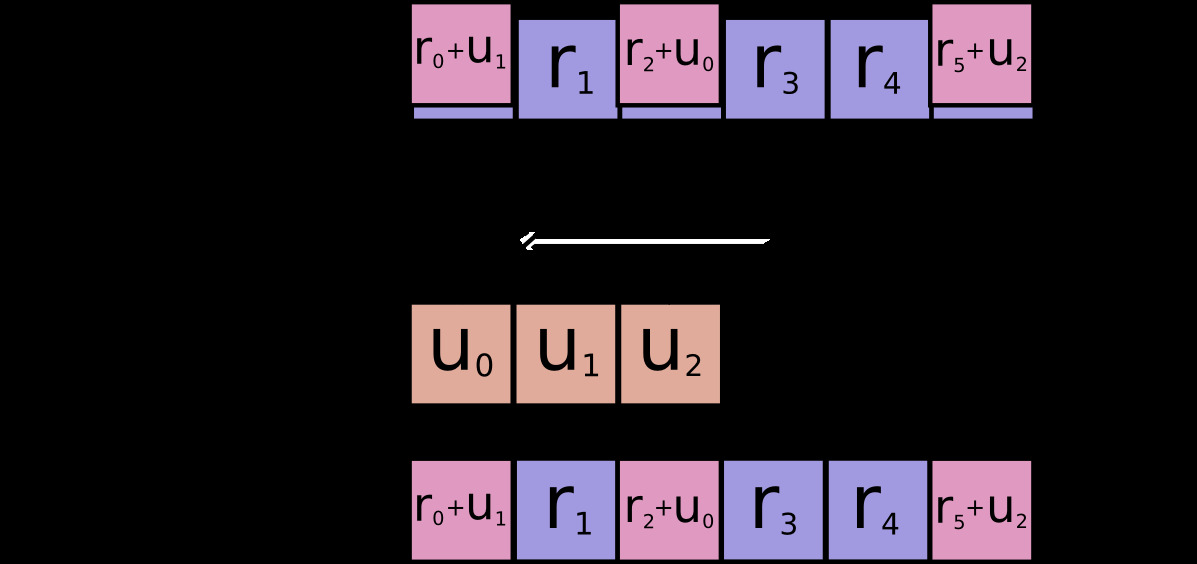使用min 操作减少对resource 引用的变量的稀疏更新。
用法
tf.raw_ops.ResourceScatterMin(
resource, indices, updates, name=None
)参数
-
resourceTensor类型为resource。应该来自Variable节点。 -
indices一个Tensor。必须是以下类型之一:int32,int64。ref第一维的索引张量。 -
updates一个Tensor。必须是以下类型之一:float32,float64,int32,uint8,int16,int8,complex64,int64,qint8,quint8,qint32,bfloat16,uint16,complex128,half,uint32,uint64。要添加到ref的更新值的张量。 -
name操作的名称(可选)。
返回
- 创建的操作。
该操作计算
# Scalar indices
ref[indices, ...] = min(ref[indices, ...], updates[...])
# Vector indices (for each i)
ref[indices[i], ...] = min(ref[indices[i], ...], updates[i, ...])
# High rank indices (for each i, ..., j)
ref[indices[i, ..., j], ...] = min(ref[indices[i, ..., j], ...], updates[i, ..., j, ...])正确处理重复条目:如果多个 indices 引用相同的位置,则它们的贡献被合并。
需要 updates.shape = indices.shape + ref.shape[1:] 或 updates.shape = [] 。

相关用法
- Python tf.raw_ops.ResourceScatterMul用法及代码示例
- Python tf.raw_ops.ResourceScatterMax用法及代码示例
- Python tf.raw_ops.ResourceScatterNdSub用法及代码示例
- Python tf.raw_ops.ResourceScatterAdd用法及代码示例
- Python tf.raw_ops.ResourceScatterNdAdd用法及代码示例
- Python tf.raw_ops.ResourceScatterNdUpdate用法及代码示例
- Python tf.raw_ops.ResourceScatterSub用法及代码示例
- Python tf.raw_ops.ResourceScatterUpdate用法及代码示例
- Python tf.raw_ops.ResourceScatterDiv用法及代码示例
- Python tf.raw_ops.ResourceGather用法及代码示例
- Python tf.raw_ops.Reshape用法及代码示例
- Python tf.raw_ops.ReadVariableXlaSplitND用法及代码示例
- Python tf.raw_ops.ReduceJoin用法及代码示例
- Python tf.raw_ops.Real用法及代码示例
- Python tf.raw_ops.Relu用法及代码示例
- Python tf.raw_ops.ReverseV2用法及代码示例
- Python tf.raw_ops.Reverse用法及代码示例
- Python tf.raw_ops.RegexFullMatch用法及代码示例
- Python tf.raw_ops.ReverseSequence用法及代码示例
- Python tf.raw_ops.RaggedGather用法及代码示例
注:本文由纯净天空筛选整理自tensorflow.org大神的英文原创作品 tf.raw_ops.ResourceScatterMin。非经特殊声明,原始代码版权归原作者所有,本译文未经允许或授权,请勿转载或复制。
